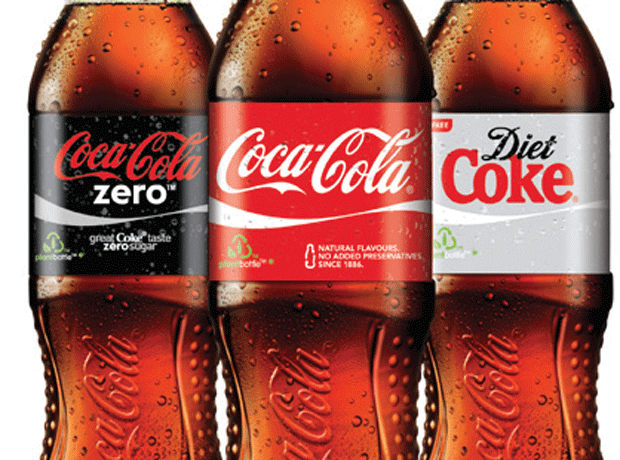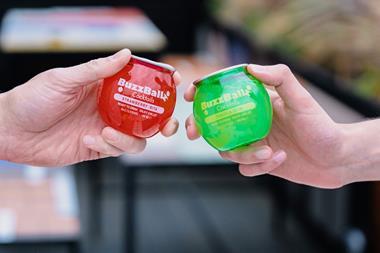Imagine you’ve been out of the country for five years and now you are walking around an Aldi or Lidl. You’d be taken aback, not by the food quality or the outstanding retail strategy, more by the number of suppliers who have allowed their brands to be ripped off.
When own-label producers started this copycatting practice some 20 years ago in an attempt to step up beyond ‘cheapest on display’ offerings, there was a backlash from major suppliers. British Brands Group was formed to combat the issue, knowing that suppliers had limited legal tools. Over time, an equilibrium developed where less obvious copying was tacitly accepted after a grace period in which suppliers got a chance to recoup the costs of innovation, research and development.
The larger retailers’ own labels, in many cases, actually occupy a unique positioning, not just ‘price at lower quality.’ Occasionally the majors have had lapses but the ‘gentleman’s rulebook’ has been blown out of the water by these discounters. It’s outrageous! They shamelessly freeload on brands, destroying category value to drive footfall not just in-store but also through media advertising. Suppliers love watching the big four taking such a caning and believe power is swinging back to the suppliers. Big mistake.
Unless you fight it now you are allowing your brands to be destroyed. If the discounters had more scale you’d be under proper pressure. Their proposition is fundamentally ‘copy cheap,’ not ‘innovate.’ Consumers lose out when lower-quality food in copycat packaging attracts trial; innovators are snuffed out and competition on price drives quality specifications down further. True, discounters are increasing their food specs as they get scale, but the big chains are reducing theirs to an indigestible level in competition.
I call it the ABCD of category value: Activate and Build, don’t Commoditise and Destroy. We are inviting a world where brands alone carry the weight of innovation while their budgets are squeezed. And addressing this, legally if necessary, is falling between departments. Sales are focused on customer relationship, while marketing consider it a customer issue. This is a general management problem. Suppliers need to wake up, assign responsibility and fight it.
Sign in to comment on this article
Not logged in before? Register for FREE guest access today.
You will be able to:
- Read more stories
- Receive daily newsletters
- Comment on stories
Advert



















No comments yet